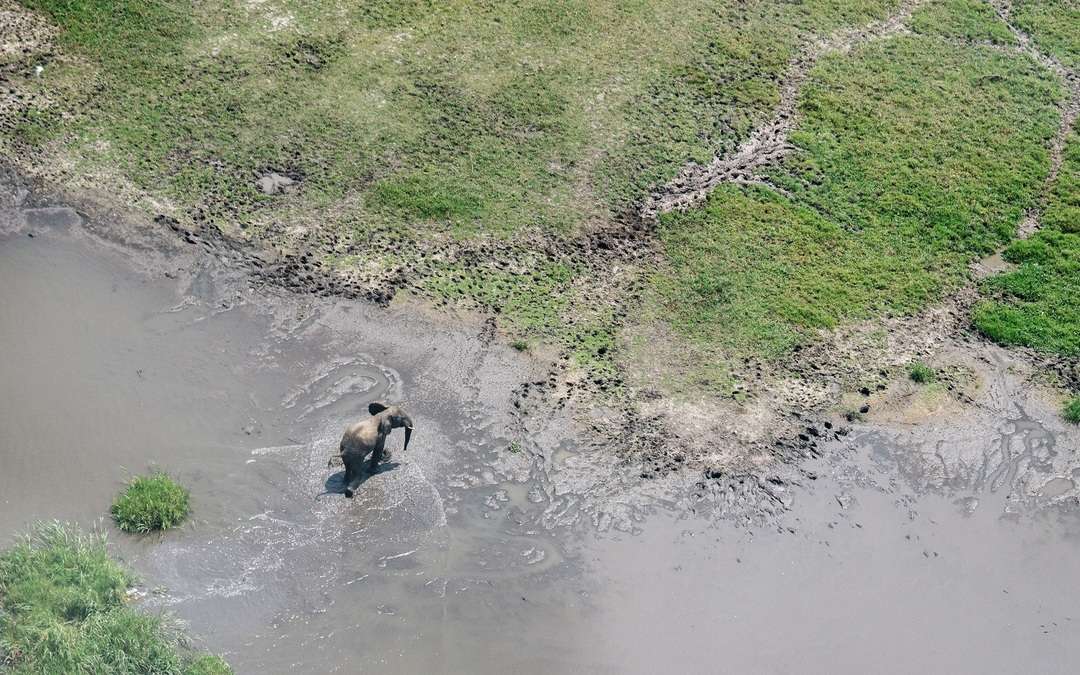To commemorate World Water Day on 22 March, we’re taking this opportunity to showcase the importance of water conservation, and how we manage this critical factor across our African operation. This year’s theme is groundwater – making the invisible visible.
As we all know, 70% of the Earth’s surface is covered in water, but according to the Groundwater Foundation, just 1% is available for human consumption. And did you know? Some 99% of that 1% is stored in aquifers, i.e. under our feet, in the ground.
Besides overuse and depletion, the primary threat to this precious resource is obviously contamination. Almost every human activity results in pollutants, from industry to leisure, not to mention personal use.
We are thankful to have this opportunity to showcase an otherwise unseen life source. To quote United Nations-Water, “Groundwater may be out of sight, but it must not be out of mind”.
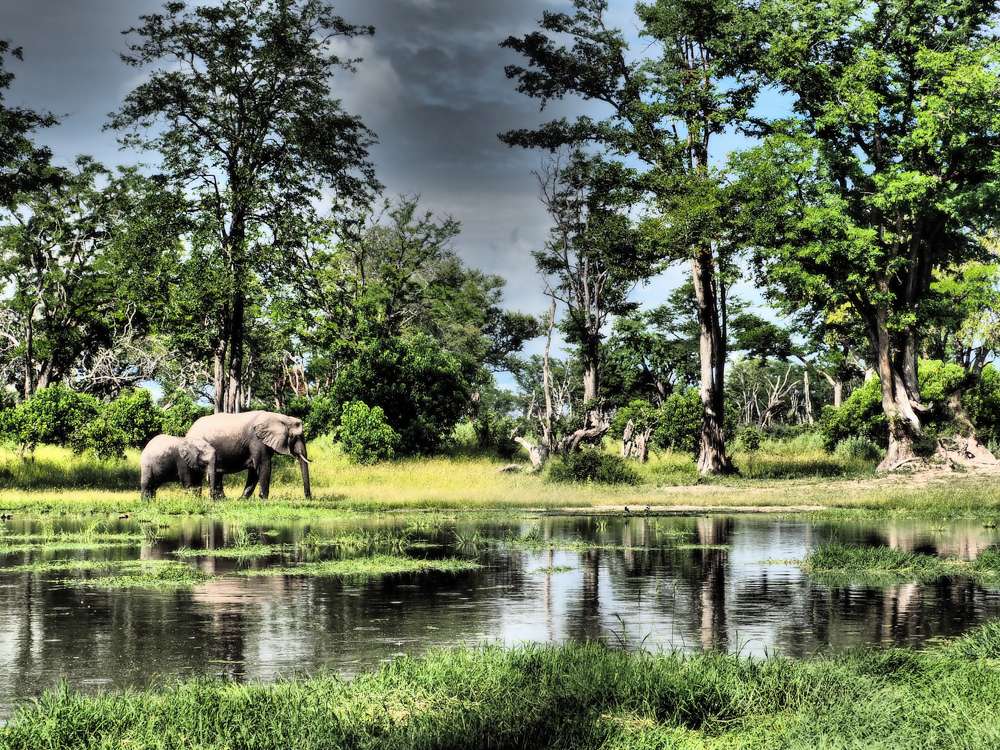
Here’s How Wilderness Safaris Camps Manage Water Conservation
Wilderness Safaris has camps located in areas where water is abundant, as well as in areas where it is scarce – and each brings its own challenges. As Africa’s leading conservation and hospitality collective, Wilderness Safaris continues to drive meaningful and impactful efforts to conserve water across its camps.
Water Benchmarking Research Study – in 2016 Wilderness Safaris pioneered a research study in collaboration with other industry stakeholders, establishing a water-usage benchmark for the safari industry. The findings have helped ensure that we continue to carefully monitor water usage, and implement reduction measures where needed.
Bottled Water – Reducing bottled water usage is just one of Wilderness Safaris’ ongoing conservation success stories. The process of manufacturing one PET plastic bottle requires three litres of water. Since 2018, the majority of our camps now have sparkling water facilities, using reverse osmosis (RO) filtered water, greatly reducing the need to use bottled water. As filtering water through an RO plant can produce waste water during the process of removing impurities, in our camps waste water from this process is either recirculated to the laundry, used to wash game drive vehicles or recirculated through the filtration process again.

Water Management at Camps – Across Wilderness Safaris camps, water is reticulated from tanks located at least 10 metres above ground. This gravity-fed or low-pressure system is used to supply the camps, reducing the occurrence of leaks, and distributing to outlets more efficiently. Water-efficient outlets, such as taps, showers and toilet cisterns, are used wherever practical through the entire camp, both for guests and staff. All camps are required to compile and have on file detailed water-reticulation maps which ensure that tracing any faults or leaks can be done quickly. Guests are also encouraged to place a bucket below the shower head to collect the water while waiting for it to heat up. The water is then used by the housekeepers to clean the rooms.
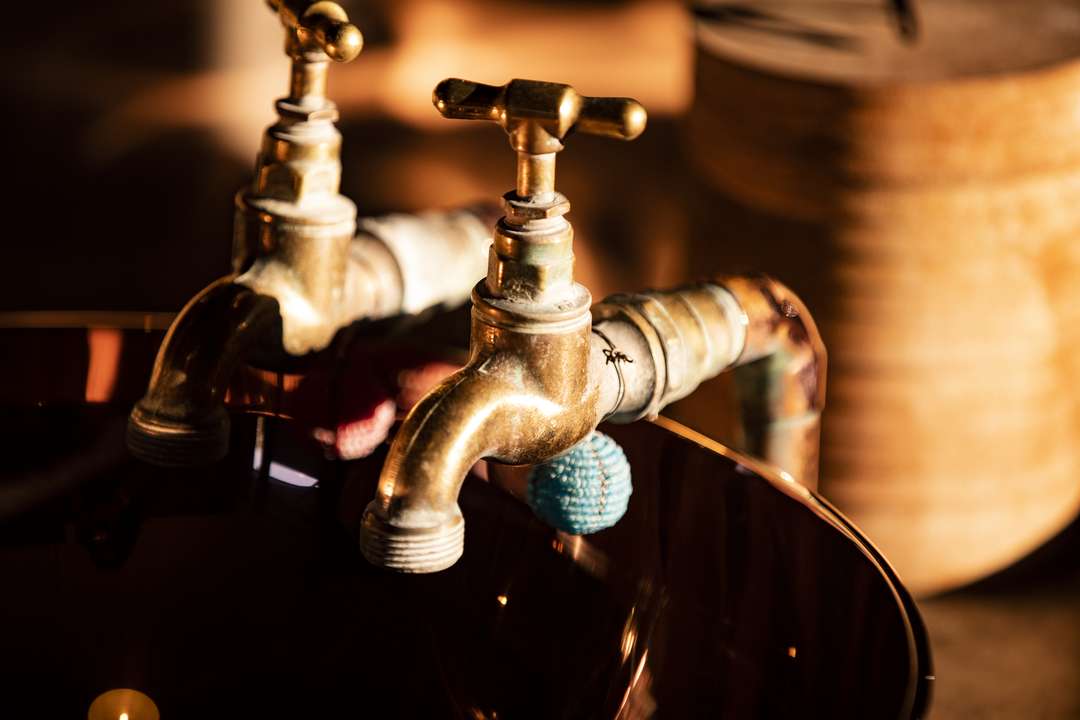
Water Meters – Water meters are installed at the supply tank outlets and are read daily to ensure the rapid rectification of excessive usage. In addition, flow meters have been installed for discharging pipes in above-ground Sewage Treatment Plants (STPs), which track how much treated water is returned to the area.
Waste Water Processing Plant – Waste water requires careful management and many Wilderness Safaris camps are located in areas with high water tables or alongside rivers. 35% use above-ground STPs while the remaining 65% of camps use simple septic tank systems combined with soakaways. These systems ensure there is no contamination of ground or surface water. The supply- and discharge-water is tested biannually in a certified lab to ensure that there is no pollution of the ground water. Only approved eco-friendly detergents are permitted to be used in camps, both by guests and staff, ensuring that the environment is not negatively impacted and that the septic-reticulation system functions optimally. Toka Leya in Zambia, just upstream of the Victoria Falls, uses the STP discharge water, which has undergone an anaerobic/aerobic process and is further purified using ozone, to irrigate the saplings in the indigenous tree nursery.

Rainwater Harvesting – Bisate does not rely on the municipal water supply as rainwater is collected from the roofs of the staff village houses and stored in tanks up to a capacity of 200 000 litres. The rainwater is then filtered and used for the lodge. Kalahari Plains is in a very arid area and it is vital that water is conserved in the area. In order to collect water during the rainy season, Wilderness Safaris erected water-storage tanks at every tent and other fixed structures. When the tanks are full the camp has 150 000 litres of additional water, reducing the need for borehole water during this period. The camp’s RO-desalination system produces clean, safe drinking water.
Now that you have seen how Wilderness Safaris conserves water, here are some practical water-saving tips you can implement at home.
Save Water in the Bathroom
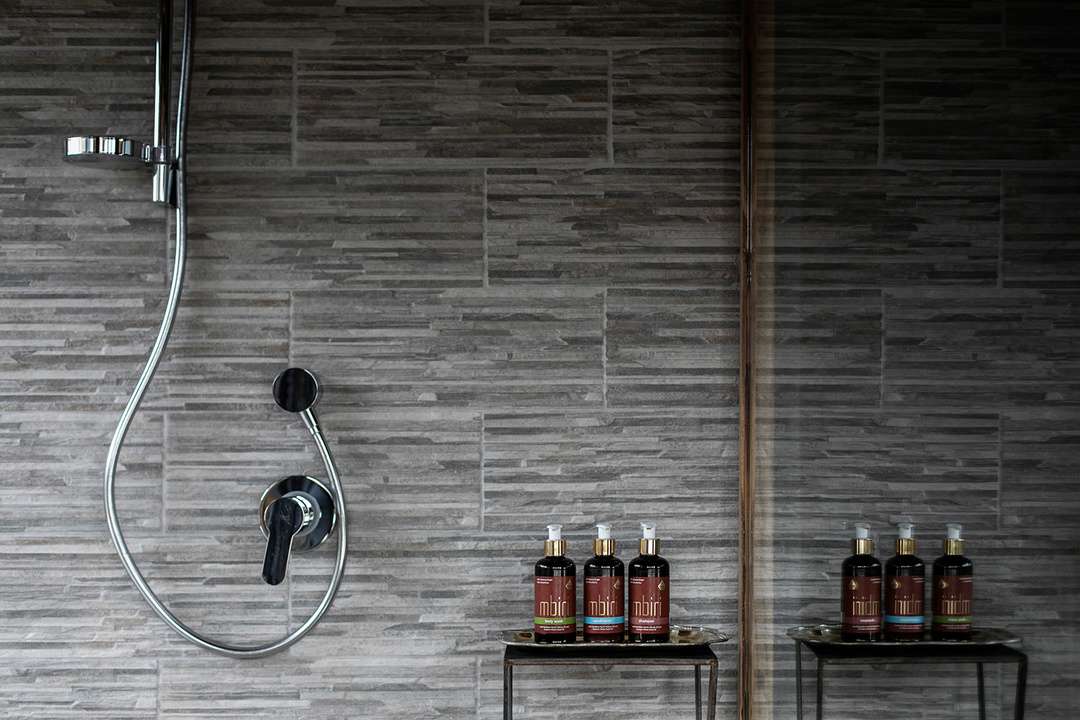
- Turn off the tap while brushing your teeth. Up to 15 litres of water a minute could be saved.
- Water-efficient shower heads can reduce your usage from 20 litres per minute to 6 litres per minute, without compromising on comfort.
- Place a bucket in the shower to catch the cold water while it heats up, and use this water to clean your house or to water your garden.
- Avoid the use of baths and opt to shower. Take shorter showers and install a simple shower timer.
- Use dual-flush, efficient toilet cisterns.
- Capture grey water which can be used to water the garden.
Swimming Pool Water Conservation
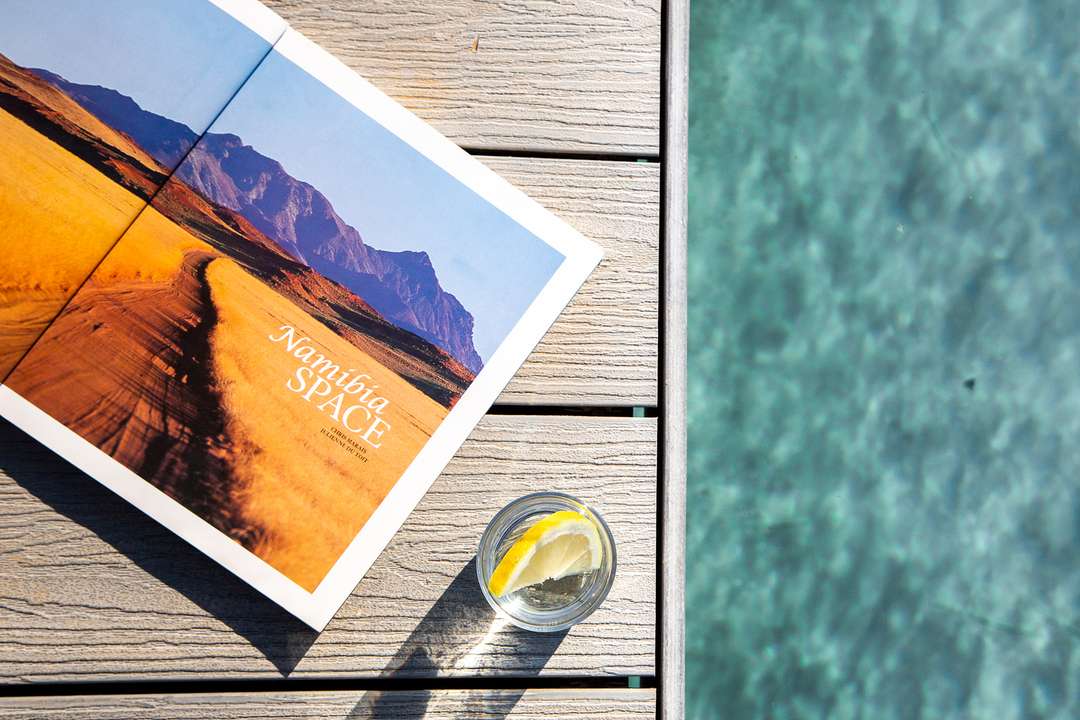
- A pool cover can save a significant amount of water from evaporating (around 70 litres per day for a medium sized pool), and will conserve heat, which saves money on heating costs.
- Keeping a lower water level in the pool can help reduce water loss from splashing and energetic water play.
Monitor the Water and Utility Bill
- Just as Wilderness Safaris checks water usage every month, this too can be done in your home, as any changes might signal a possible leak or other problems that will need further investigation.
- Install a pre-paid water meter, which can reduce wastage due to leaks etc. and make the user more conscious of wastage.
Water the Garden by Hand
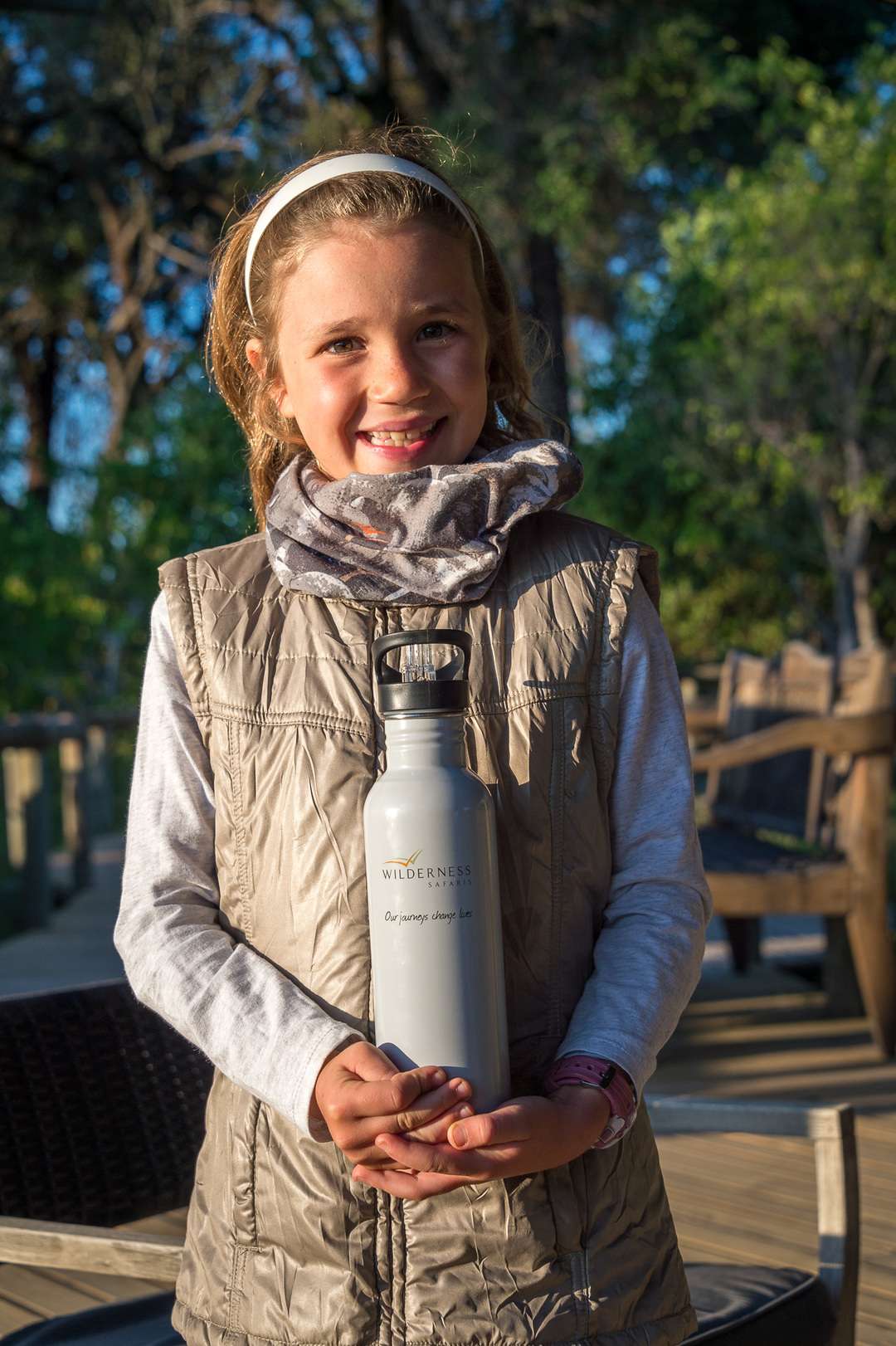
- Consider watering the garden with a watering can rather than a hosepipe.
- A hosepipe can use as much as 500 litres of water an hour. Water early in the morning or late at night when water will not evaporate in the heat of the day before it can reach the roots. If you have an irrigation system set up, a timer can be very helpful in saving water, especially if it is set to not water when there has been rain.
- Replace water-thirsty plants and exotics with water-conservative plants, or plants which are used to growing in a dry environment.
- A drip-irrigation system can save water by minimising evaporation, especially if buried to deliver water to the plant roots.
Save Water in the Kitchen
- Fill the kettle with the correct amount of water needed.
- Only run the dishwasher and washing machine on full loads. Use water-efficient appliances wherever possible.
- Consider whether clothes need to be washed; if an item is not dirty then it can be worn again before washing.
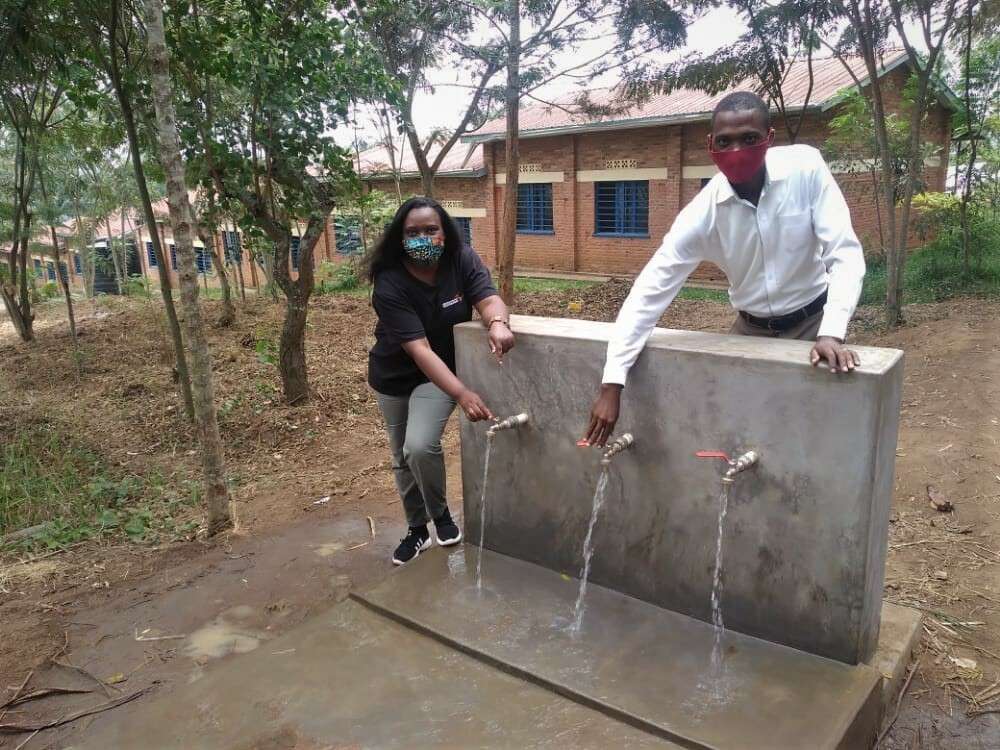
Fix Water Leaks
- A dripping tap or leaking toilet can on average waste up to 30 litres of water an hour
Harvest Rainwater
- The processing of rainwater for subsequent use is a very secure and simple way of conserving water. Rainwater is collected from rooftops and can be used to wash clothes, shower or water the garden.

Let’s plan your next journey
Ready?
When we say we’re there every step of the way, we mean it, literally. From planning the perfect circuit, to private inter-camp transfers on Wilderness Air, and easing you through Customs. We’re with you on the ground, at your side, 24-7, from start to finish. Ready to take the road less travelled? Contact our Travel Designers to plan an unforgettable journey.
